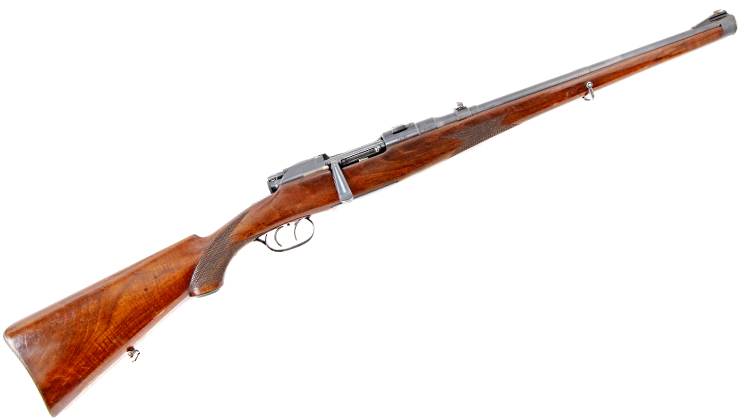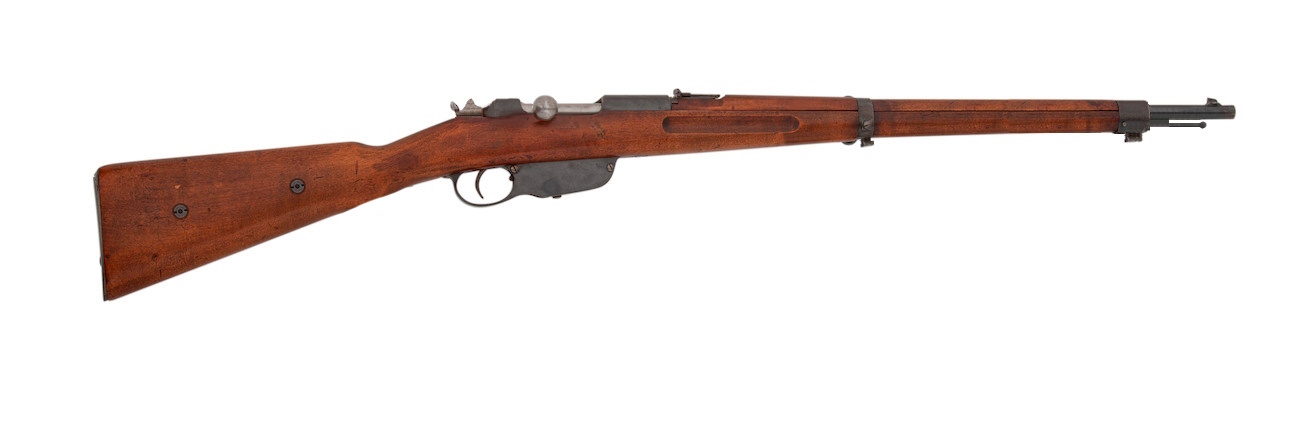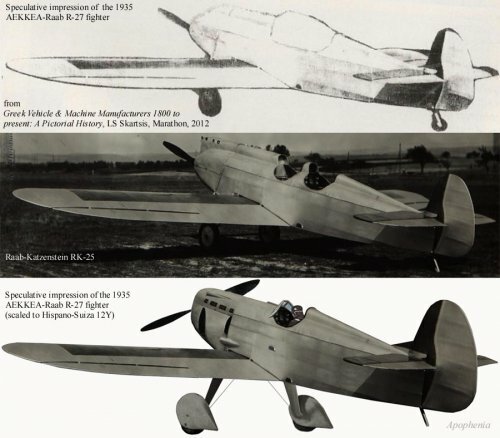Luftlandeschlacht um Kreta, Greek: Μάχη της Κρήτης), codenamed Operation Mercury (German: Unternehmen Merkur), was a major Axis airborne and amphibious operation during World War II to capture the island of Crete. It began on the morning of 20 May 1941, with multiple German airborne landings on Crete. Greek and other Allied forces, along with Cretan civilians, defended the island.[11] After only one day of fighting, the Germans had suffered heavy casualties and the Allied troops were confident that they would defeat the invasion. The next day, through communication failures, Allied tactical hesitation, and German offensive operations, Maleme Airfield in western Crete fell, enabling the Germans to land reinforcements and overwhelm the defensive positions on the north of the island. Allied forces withdrew to the south coast. More than half were evacuated by the British Royal Navy and the remainder surrendered or joined the Cretan resistance. The defence of Crete evolved into a costly naval engagement; by the end of the campaign the Royal Navy’s eastern Mediterranean strength had been reduced to only two battleships and three cruisers.[12]
The Battle of Crete was the first occasion where Fallschirmjäger (German paratroops) were used en masse, the first mainly airborne invasion in military history, the first time the Allies made significant use of intelligence from decrypted German messages from the Enigma machine,[13][14] and the first time German troops encountered mass resistance from a civilian population.[15] Due to the number of casualties and the belief that airborne forces no longer had the advantage of surprise, Adolf Hitler became reluctant to authorise further large airborne operations, preferring instead to employ paratroopers as ground troops.[16] In contrast, the Allies were impressed by the potential of paratroopers and started to form airborne-assault and airfield-defence regiments. 
Welcoming the people of Grece to the Allies to join in the fight against the axis. Adding the Mediterranean to battle fields of ww2 and increasing number of supporting commonwealth nations. 
a good reason to add paratroopers to the tech tree where they belong and not just as premium and event squads. having at least one tech tree paratroopers for each faction would be nothing but good. 
While the greeks have few original weapons the lesser known members of the commonwealth have a few. canada and australia have a few good vehicles and guns that have yet to be added.
An increasing to add female guerrillas/combatants in a historically accurate and non pandering way. most soldiers were white young men but not all, respectively adding diversity can only let every race kill each other just as the great space noodle commands.
Philippidis Rifle

The weapon was chosen instead of the Greek-designed " Philippidis gun**"** ('Οπλον Φιλιππίδου), itself based on an earlier model of the same Austrian manufacturer, after intense lobbying against the Greek design in 1905. This caused a serious political crisis, with accusations about “national treason” heard in the Greek Parliament.[6] The Philippidis gun was officially approved for production in 1925, but again, the Mannlicher–Schönauer was produced (by [Breda]

Rigopoulos rifle
[edit]
An improvement of the Mannlicher–Schönauer is the Rigopoulos semi-automatic rifle was designed by Lieutenant Rigas Rigopoulos during World War II (spring 1941), incorporating modified and redesigned parts to enable automatic fire, and feed system 20-round detachable box magazine. Though approved by the Greek military to be produced in Volos, it never went into production, due to the German invasion of Greece.[7][8]

Lelakis rifle
[edit]
The third improvement is the Lelakis Bolt-action rifle designed by Greek Artillery Colonel Lelakis Vassilios in collaboration with the Italian manufacturer Gnutti in 1923 where the design of the weapon was based on the Gras and Mannlicher rifles.
EPK M1939 (Pyrkal)

The EPK machine gun was designed by EPK, a Greek defense company (in English, “Greek Powder and Cartridge Company”, GPCC) later known as Pyrkal.
- Vasilopulos M1901 rifle[4] (Greek made)
Vickers 6 Ton Type A light tank

Vickers 6 Ton Type B light tank
L3/35 tankettes

Light Tank Mk IIIB “Dutchman”
Great idea! It’s a solid battleground.
Crete: The Battle and the Resistance by Antony Beevor is a great reference book if anyone is interested.
The Fall of Crete by Alan Clark is another great read.
There are loads more books about it, but those are the only two I’ve read in recent times.
this supposed “major update” could also be a nice way to make paratrooper outfit purchasable for all, very nice.





